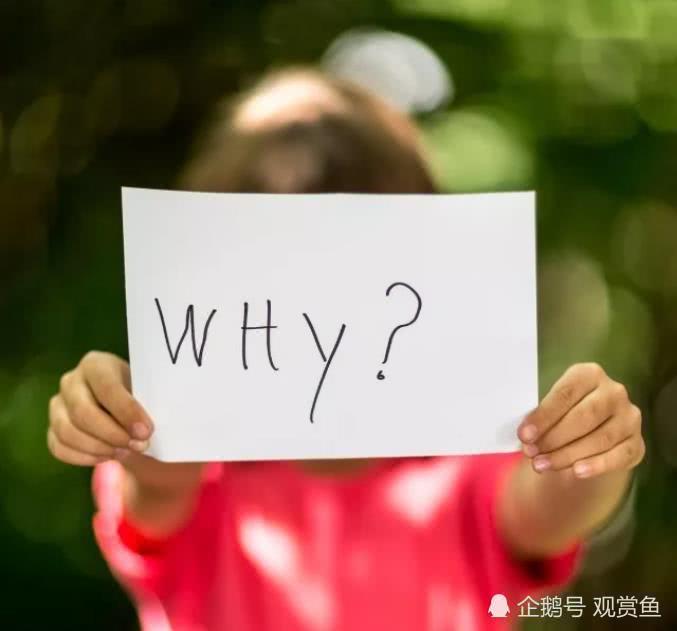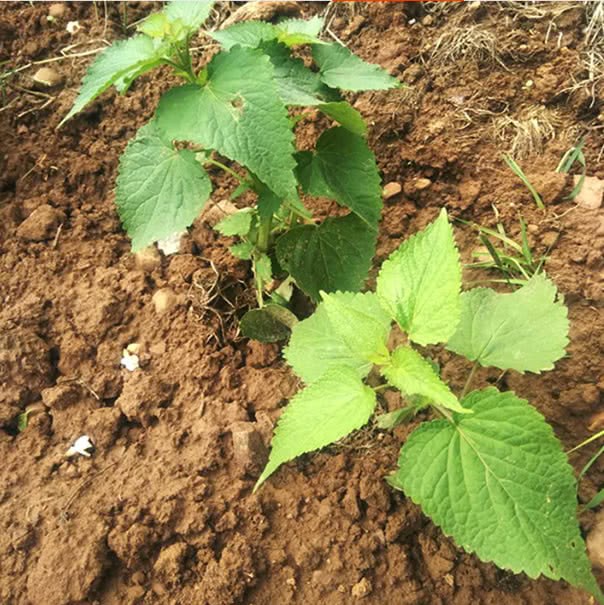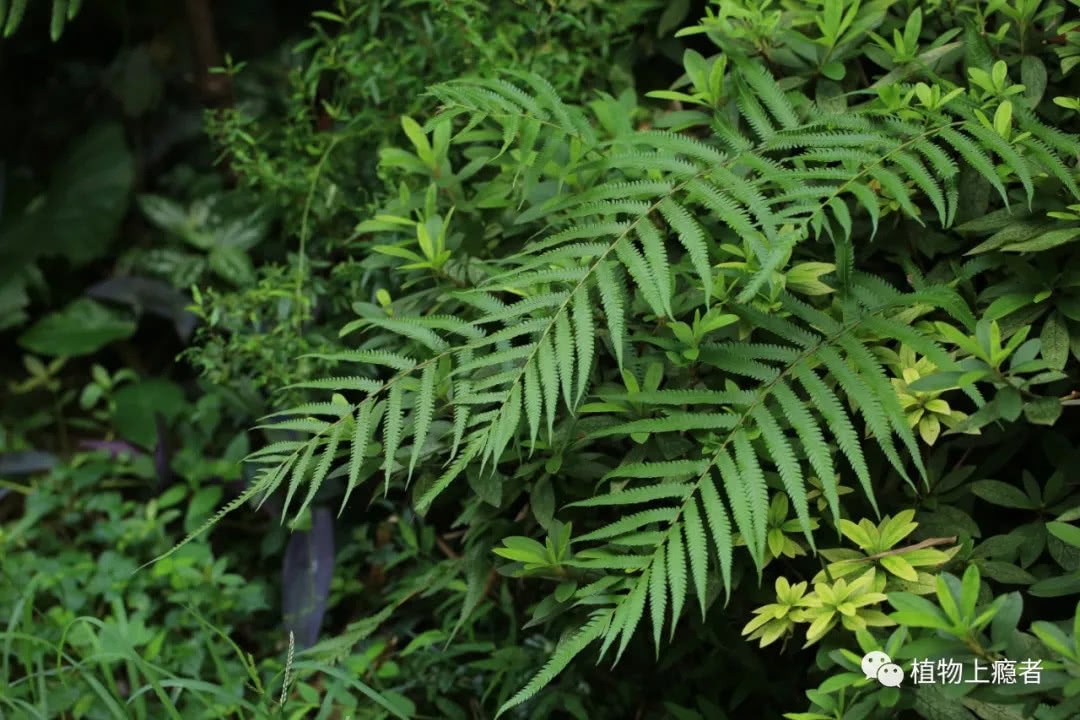Hangtai Aquarium: how to establish a complete and stable fish culture nitrification system?

Everyone buys the new fish tank excitedly fully equipped, add water, activate the motor, will ask, what to do next? "Buy fish" believed that this was the answer that flashed into his brain the fastest. However, after a week, all the fish died one by one, and he felt that something was wrong. What was wrong? The answer was often that the nitrification system had not been established completely. The nitrification system meant that the nitrifying bacteria were cultivated to eliminate the toxins discharged by the fish. He was also cultivating water in a normal process. Why was the digestive system not established yet?
The outline of the whole system is: fish waste (ammonia) -> nitrite-> nitrate (the following data are for reference only, because too many factors will make each tank different)
1. Early stage
Fish go down the tank, start discharging waste, ammonia (ammonia) starts accumulating, ammonia is super harmful to fish. Ammonia concentrations usually begin to rise after three days of fish feeding.
Recommendation: 0.25-1.0 ppm: 25% water change. Feed in half. 1.0-2.0 ppm: 50% change water, reduce feeding,>2.0 ppm: 60% continue to change water until 2.0 ppm practice.
2. Middle term
Nitrosobacteria begin to break down ammonia and convert it to nitrite, which is also harmful to fish. Some fish can not tolerate nitrite = 1ppm, and nitrite concentrations usually start to rise after a week.
Recommendations: 0.1-0.5ppm: 25% water change, feeding halved, 0.5- 1.0ppm: 50% water change, reduce feeding,> 1.0ppm: continue to change water 50% until 1.0ppm practice.
3, later
After another week, nitrifying bacteria began to grow, growing slowly, almost 15 hours to double, nitrifying bacteria will decompose nitrite into nitrate, a small amount of nitrate is acceptable to fish, and water plants can also absorb, but the concentration is too high fish are easy to die, rely on regular water change to dilute the nitrate concentration, nitrate concentration is also best not to exceed 20ppm.
Recommendation: Stay in
There's only one secret to building a system: time.
Because the nitrifying bacteria you need are all around you and me. All you need is a little time and a little help.
Buy two or three rougher fish on the first day, feed a small amount of feed, and start measuring ammonia concentrations the next day. The concentrations will continue to rise for several days. Don't be afraid.
About a week or so, because of the growth of nitrobacteria, began to enter the middle stage, ammonia concentration will quickly decline, during this period, if the fish really do not do well, can change a small amount of water to dilute the water in the tank, relatively, nitrite concentration began to climb, a week later, and ammonia test synchronization, began to test nitrite concentration, every two days, nitrite will reach the peak and then slowly decline.
After about two weeks, the system will enter the later stage. In another week, when the nitrite and ammonia concentrations drop to zero, the nitrate concentration will begin to increase. At this time, congratulations, everyone. The system is complete. Don't rush to add more fish first. Change a small amount of water first. Wait for another two days. Add fish again. Don't add more than three fish at a time. Otherwise, if you add too many fish at once, the system will collapse. The efforts made in the first three weeks will be put into Dongshui.
In the first week, you can add nitrobacteria solution, which also helps. If you are lucky, you can shorten the time by one week. The first month of fish farming is the critical period. It is God's test for us to see if we really want to fish or just play.
I know that if there are only two or three fish in the newly bought fish tank, can you see it empty? But trust me, take your time and the fish will thank you.
Having finished the cultivation of nitrifying bacteria, let's talk about the growth environment of nitrifying bacteria.
1. Temperature
The suitable temperature for nitrifying bacteria is about 20~28 ℃, and the optimum growth and reproduction temperature is about 25 ℃. General nitrifying bacteria in the temperature below 5 degrees and above 42 degrees to stop metabolism, beyond this range of general nitrifying bacteria difficult to survive.
2. Light
Nitrobacteria do not have photosynthetic pigments like green plants and some self-supporting photosynthetic bacteria, so they cannot use sunlight for photosynthesis to synthesize organic matter. Not only is it impossible to use sunlight, but it is afraid of sunlight.
3. Substrate
Nitrifying bacteria need substrate very much, but the difference is that their purpose is not to feed, but to provide attachment, shelter and access to the ammonia and nutrients they need. Many nitrifying bacteria cannot reproduce until they have found the right substrate and are unable to utilize ammonia and nutrients.
4. Water flow
Because of the fixed life characteristics of nitrifying bacteria, it must rely on water flow to transport oxygen, ammonia and nutrients it needs to survive.
5. Dissolved oxygen
Dissolved oxygen is an indispensable life factor for nitrifying bacteria. It is recommended not to go below 2ppm.
pH: In general, most nitrifying bacteria prefer to grow in weakly alkaline water, and their pH is about 7.5~8.2. pH affects nitrifying bacteria growth and reproduction. Nitrite bacteria ph range 7.0~8.0, the best average is 7.8. The range of nitrate bacteria is about 6.5~8.5.
6. Competitive exclusion
It means that the living space of nitrobacteria is crowded out by other heterotrophic bacteria, resulting in the unsustainable development of nitrobacteria population, and even a gradual decline trend. Organic pollution not only affects the growth of nitrifying bacteria, but also attracts heterotrophic bacteria, forcing them to leave their homes and seek development elsewhere.
Today's content is here, I hope this article can help everyone, if there are deficiencies also hope that you seniors advice!
WeChat Search Mini programs: Hangtai Aquarium Service. After logging in, you can see more articles on fish culture knowledge points and aquarium equipment. There are many discounts, not to be missed ~
- Prev

This kind of inconspicuous leaves are treasures all over the body and are thrown into flowerpots to plant them and save a lot of money on medicine.
Good climate is suitable to go out to play, generally go to the suburbs, you can see a lot of wild plants, like this inconspicuous plant, the leaves look very inconspicuous, but do you know what it is? This is a wild mint, and it is also common.
- Next

Master Wang Yangming is bamboo and I am you.
"Beautiful Fern Lun" 06 acuminate fern Cyclosorus acuminatus alias: Bizi Shujin grass, medium-sized terrestrial plants of the genus Dryopteris of Pteridaceae (Pteridaceae) 1 laughing in, crying out and infatuated with ferns, the fern friend said, "be careful,."
Related
- Wuhan Hospital Iron Tree Blooming Result Was Instantly Frightened by the Gardener Master
- Which variety of camellia is the most fragrant and best? Which one do you like best?
- What is the small blue coat, the breeding methods and matters needing attention of the succulent plant
- Dormancy time and maintenance management of succulent plants during dormancy
- Minas succulent how to raise, Minas succulent plant pictures
- What are the varieties of winter succulent plants
- How to raise succulent plants in twelve rolls? let's take a look at some experience of breeding twelve rolls.
- Attention should be paid to water control for succulent plants during dormant period (winter and summer)
- Watering experience of twelve rolls of succulent plants
- Techniques for fertilizing succulent plants. An article will let you know how to fertilize succulent plants.

